The dream of turning your passions and hobbies into a full-time career is possible. For many, that is done through streaming. Streamers on platforms like Twitch and YouTube can enjoy sharing their love for video games, sports, fashion, makeup, and more through the help of streamer sponsorships.
Streamer sponsorships are necessary for anyone who wishes to make a living out of the activities they enjoy. This is one of the primary ways that someone can go from a tedious, repetitive day job to waking up every day and doing what they love.
As a content creator and consultant for YouTube Shorts, I’ve seen many streamers struggle or outright ignore streamer sponsorship opportunities. This is essential to any successful content creation career but also very daunting.
Here’s what you need to know to get started.
What Are Livestreams and Streamers?

Before we go any further, we must start with the basics. If you’re just getting started in the influencers space, you should know what a livestream is. Different from produced and edited videos, livestreams are videos that happen live.
You can tune in and find someone live-streaming, which is the act of showing off whatever they are doing right at that moment. This means you can interact live with the streamer, the person creating the content.
This allows for organic, instantaneous content in which the audience plays a role, which is quite different from pre-produced videos. Livestreams appeal to a different audience and viewer than your standard YouTube videos.
Twitch and YouTube Livestream Content Explained
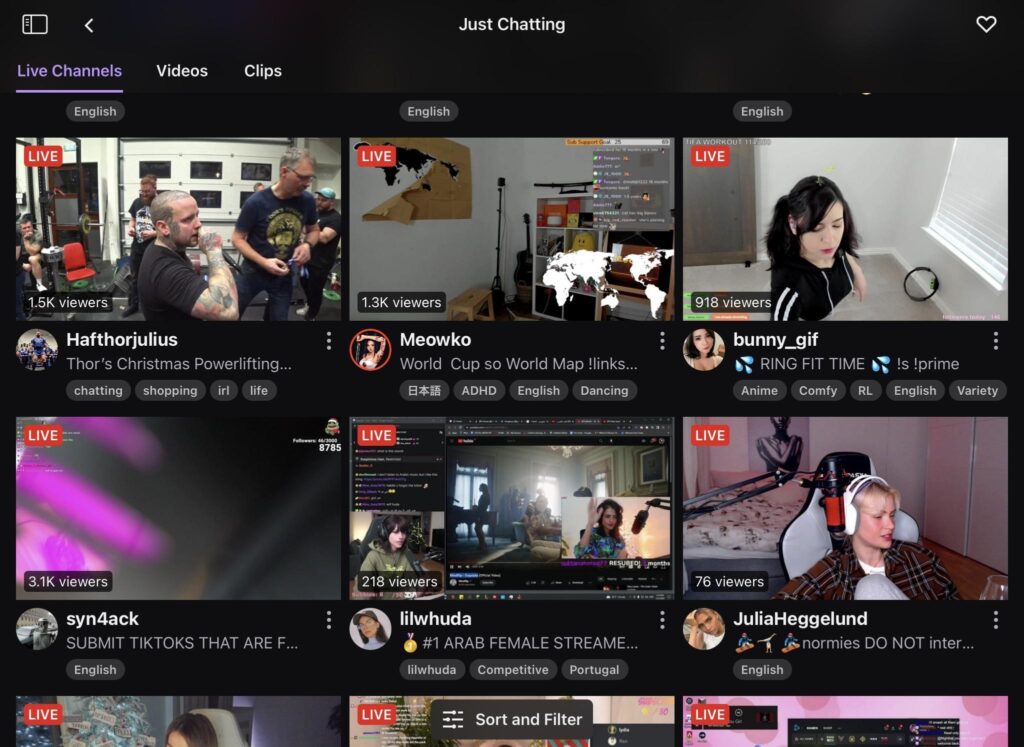
But what type of content does someone livestream on their Twitch channel or YouTube channel? Generally, what works for a standard pre-produced video doesn’t necessarily translate to a livestream one-to-one. That said, if you have an idea for a livestream, chances are that it will work.
By far, the largest category of livestream content is gaming. Given the different genres of video games that can appeal to various gamers, it has a massive following on places like Twitch and YouTube. But don’t be discouraged if gaming isn’t necessarily your forte.
Another major type of content I regularly see in livestreams is makeup and beauty tutorials. It is quite common to see someone show off their daily routine of doing their hair, skincare, and makeup. You’ll even have some content creators chat with their audience live, doing Q&As and the like.
There are even more niche livestream content categories like hanging out at red carpet premieres, birthday parties, opening up trading cards, auctions, journaling, knitting, music, dancing, and more. If you have a hobby or passion you’d love to share with others, it could work one way or another in a livestream.
What Are the Most Popular Livestream Platforms?
There are a few different platforms that are the best for livestreaming. You should consider these primary places if you want to start livestreaming yourself.
Note that you don’t have to be present on all of them, and there are content creators who exclusively stream on a single site.
Twitch

Twitch is primarily considered the progenitor of the modern-day streaming culture. For the most part, Twitch is primarily a live-streaming platform where content creators show off their passions live. This is the home of streaming and is dedicated to just that, unlike the following sites.
Twitch is divided into various categories, including video games, lifestyle hobbies, and more. You can sift through the different groups of content creators and see who is livestreaming all hours of the day and night around the world. It is a non-stop center for streamers and one of the biggest.

The main competitor for Twitch is YouTube, which has significantly risen in the livestreaming ranks in recent years. Twitch edges out because YouTube is still primarily a pre-produced video platform.
While pre-edited videos are still the bread-and-butter of YouTube, its broad audience and reach mean there is still plenty of room for streamers to engage on the platform. However, its complex algorithms and the like make it harder to engage with than the simplistic Twitch.
TikTok

TikTok is known for its short-form videos of dancing, memes, and hilarious sounds. But recently, it has taken off in the livestream department, too. TikTok streamers might not benefit from the viewership of Twitch or YouTube, but this is a fantastic supplemental area of streaming for some content creators.
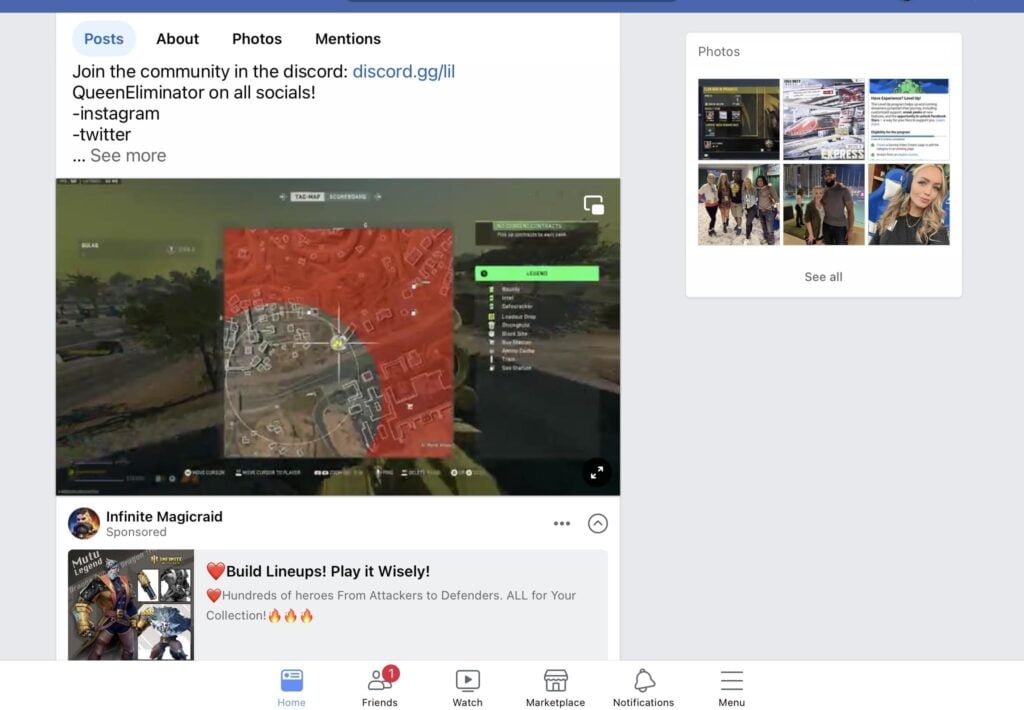
It is possible to be a streamer on Facebook Live, the equivalent of livestreaming on the social media platform. It is a relatively uncommon place for streaming since it is used mainly by regular social media users rather than dedicated content creators.
However, some content creators like QueenEliminator built her empire of 300,000 followers by taking charge of the platform. This is due to a robust algorithm that is aggressive in often showing livestreaming videos to billions of Facebook users worldwide.

Lastly, the final major platform for streaming is Instagram. Most importantly, Instagram is known for its images and short videos. That said, livestreaming on the platform is possible, but it is pretty finicky.
This is not a place to be discovered but an excellent complementary streaming platform for existing content creators or viral Instagram users.
Streamer Sponsorships Breakdown
When you find the platform(s) you prefer to stream on, if you wish to make this a full-time career, you’ll want to monetize your content. One of the best—and most ignored—ways of doing this is through streamer sponsorships. These are opportunities for you to make money by connecting with various brands.
Brands vary from startups to massive known brands, and their categories can range from consumable products to multiple services. Sponsorships include companies making deals with you to promote their products and services through basic ads, logos on your streams, affiliate links, and even entire sponsored streams.
What Do Sponsors Look For In a Streaming Content Creator?
Before you can ever enjoy the benefits of sponsored content of any kind, you need to know that companies don’t hand out sponsorship opportunities to anyone. One of the common myths about livestreaming is that you have to be a prominent, well-known content creator, but that isn’t the case.
Small streamers can benefit from sponsors, but you must meet their requirements and preferences. This might mean that you don’t need to have 50,000 followers on Twitch per se, but you might need to stream at least 10 hours a week, for instance.
In addition, you may be required to stream certain content for the company to be interested in sponsoring you. Above all else, the numbers related to your stream don't matter as much as the quality of your content.
If you bring in a dozen viewers per stream, but your production, logos, background, and video quality look like that of a professional streamer with 1,000 average viewers, that means a lot. This shows that you are serious about your content, and the companies will be more likely to be on board.
7 Steps to Get Streamer Sponsorships for Small Streamers
Whether you are just starting as a streamer or have been around for months or years, you should follow seven crucial steps to get sponsored by potential sponsors. These will put you on the right track to getting your first sponsorship deal and make this overwhelming process easier.
1. Stream high-quality content
The content you produce needs to be high-quality and reflect you. Whether you are streaming the latest video game release or a makeup tutorial, it must be well-produced.
Unfortunately, this means an investment is involved in having the right equipment, including keyboards, headsets, computers, lights, cameras, and microphones. You want to sound great and look great on your stream, so people will want to click on your streams and watch them. This is a must for any aspiring streamer.
Sometimes it is possible to reach out to companies like Elgato and Blue Yeti to get free products to use in your streams in exchange for reviews or promotions but don’t count on this happening when starting. You may need to use funds provided through other avenues to begin your streaming career.
2. Find your niche

Arguably just as important as the quality of your streams is what your stream is about. The key is to find your niche early on and stick to it, for the most part. For instance, if you love playing Pokémon games and hunting for special forms known as shinies like Mrhappy1227, then stream it.
If there is a genre of esports you prefer, go for it. Maybe you’re into showing off your daily skincare routine or doing karaoke. Perhaps you let your viewers dictate what saxophone covers you play. Whatever your niche is, dig deep into it and focus on that.
It’s OK to branch out of your niche occasionally, but when you’re just starting, it is best to find your specialty and focus on that while you aim for Twitch Affiliate status. This will help you to build an audience who comes to you for what you uniquely bring to the table.
This also helps specific sponsors to come to you. For example, one brand might see that you play video games and allow you to show off their energy drink designed for gaming. Or a makeup company might come to beauty content creators with the chance to promote their latest lineup of products.
3. Frequently interact with your audience
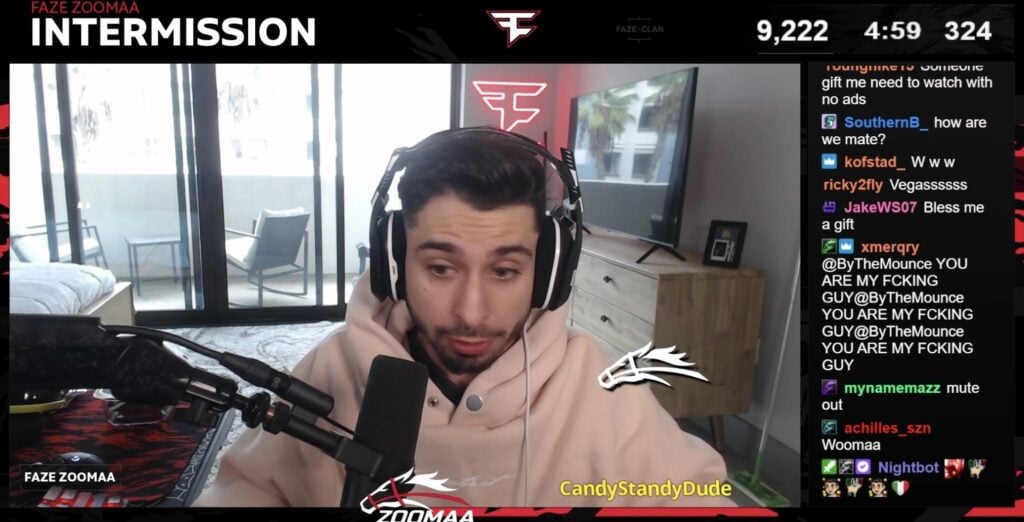
The heart of streaming is your viewers. Without them, there would be no reason to turn on your camera and mic to stream. The best streamers know their community well and show that love for them through frequent interactions.
This means calling out whenever someone subscribes to you, follows you, gifts subs, provide unique emotes, and so on. You can even respond to questions in the chat if you’d like, though this can get wild if there are a lot of commenters.
Successful streamers like Zoomaa—who I love to watch—do this right, even with upwards of 10,000 viewers on their channel at times. If he can do it, there are no excuses not to engage with your fans.
Showing the community that you’re a friendly and fun streamer who interacts well with your audience will open the door for plenty of opportunities. Brands want someone to promote their products in an entertaining manner, so the chances of giveaways and sponsorships increase the more you interact with your audience.
4. Focus on your presentation and delivery
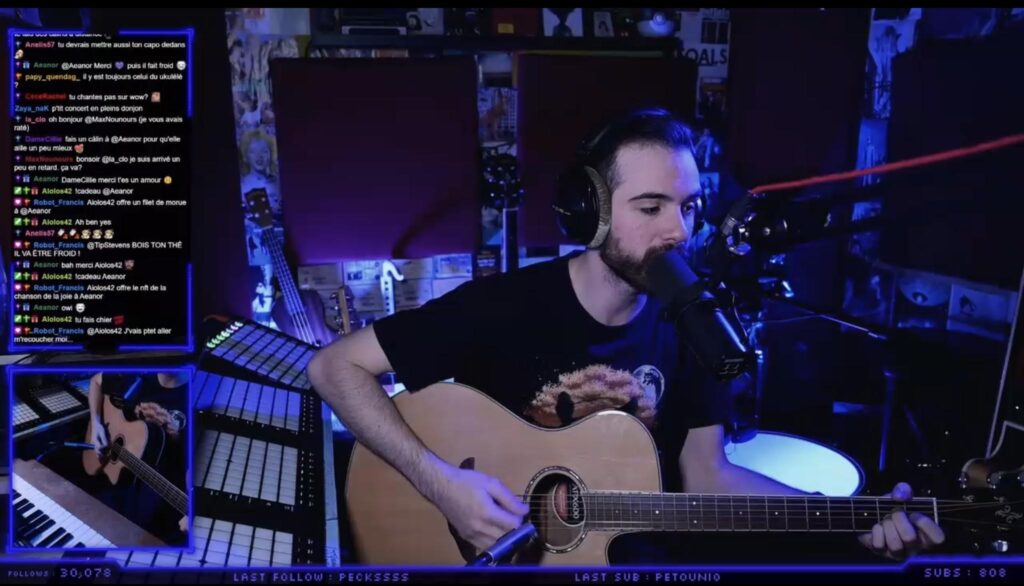
Part of the quality of your stream is through the presentation of the entire production. The presentation includes the visual appearance of your camera or video quality and the branding you’ve created for yourself.
The best streamers have created an entire brand of their own. Everything from the backgrounds you use to the overlays to the art of yourself is key to creating your own streamer culture. This will show companies you're serious about what you’re doing, which will interest them more in you.
In this area, I’m impressed by the presentation that streamers like TipStevens have going on with their Twitch music streams. The room is chill and inviting, with multiple camera angles to show his face and hands as he plays music. It’s sharp and presented in an organized manner.
Similarly, you must also focus on how you present yourself. Professionalism is arguably an aspect that many streamers lack. Sure, it might be acceptable to use curse words every once in a while, but quite a few companies will immediately disregard you if you restrict yourself to 18 years old and up viewers only.
5. Actively engage on social media

Social media outside of Twitch and YouTube is an invaluable part of your streaming journey. You must be present on sites like Twitter, Facebook, and (maybe) TikTok, too. Fans want more than just to connect with you once or twice weekly in streams.
You need to be able to engage with fans on social media, sharing more about yourself (within reason) and promoting yourself. Not only will this organically grow your audience, but it will show your fans that you care. Respond to their comments occasionally, like their replies, start a special Discord, and so on.
This is a welcome sign to companies looking to sponsor you. Trust me. They will look far beyond just your livestreams. If they see that you have active engagements with followers, this ups the chances of a brand wanting to sponsor you as they know that your fans will care about what you have to say.
An example of one of my favorite streamers who engage well on social media is Chris Broad, the most prominent foreign YouTuber in Japan who often streams his travels. He isn’t too huge to occasionally reply to his followers’ clips and fan edits of him like this one.
6. Use platforms like StreamLabs and StreamElements
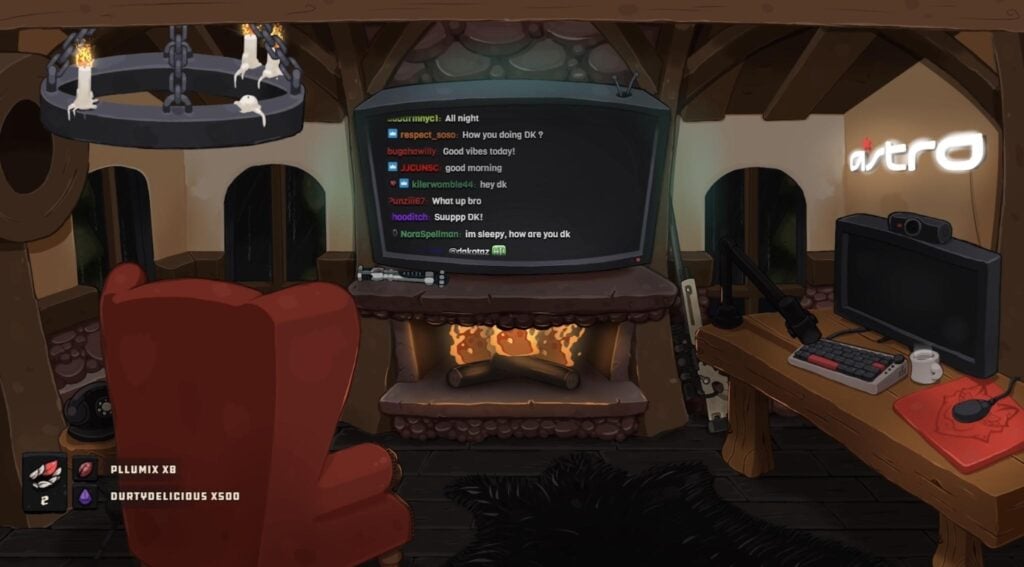
Part of setting yourself apart from the rest of the pack to gain those sponsorship opportunities is to use the best starter platforms most successful streamers do. StreamLabs is one of the most notable for a couple of reasons.
Through this platform, you can automatically have alerts and notifications happen during your livestreams for every new follower and subscriber you get. In addition, it is home to Open Broadcasting Software (OBS) and various editing tools as an all-in-one place.
Then there is another recommended service in the form of StreamElements. They are generally a platform you join as a partner to get immediate access to popular sponsorships and brands you can apply to, plus other extras similar to StreamLabs.
If you are just starting out and don’t know where to look, this is a brilliant starting point with experts on the StreamElements team who will help you. It worked for some of the biggest Twitch streamers, like Dakotaz.
Other generally accessible affiliate marketing platforms include the Amazon affiliate program. That particular platform gives you instant access after approval to affiliate links you can put in your stream chat and descriptions to earn quick revenue from fan purchases.
7. Carefully take the plunge into streamer sponsorship opportunities
The most daunting part of everything is the entire plunge into the world of brand sponsorships. Places like StreamElements help, but they aren’t the end-all, be-all. The reality is that there’s a lot that goes into sponsorships many don’t know.
For starters, pitches are a necessary part of brands. Sometimes brands will reach out to you first, but the general idea is to pitch yourself and your channel to the brand first.
During this pitch process (which deserves its sole breakdown), you must keep it brief but informative about your numbers, reach, and goals. Give them solid reasons for your interest in that brand, and then wait. Follow up after a few days if you don’t hear anything. Learn lessons from failed pitches and apply them to new ones.
Unfortunately, the stressful process doesn’t stop with a successful pitch. Then there is the overwhelming matter of contracts and terms. These can vary significantly from non-disclosure agreements to exclusivity clauses to statistical requirements, and some of these terms aren’t in your best interest.
The best thing to do is reach out to legal counsel for tips. Some law firms, like Odin Law and Media, are dedicated to helping content creators. This is just an example; many others are out there, so do your research and consult with several to find the best assistance.
You might also like: 10 Best Video Advertising Networks to Monetize Your Content
Get a Sponsor, Ride the Stream
There is so much more to being a streamer, like fan merch and monetizing, that couldn’t be covered here alone. For other aspects of this wild business, subscribe to our newsletter for future updates as soon as they happen.
In the meantime, a significant part of content creation is growth. As mentioned, numbers aren’t everything to sponsors and brands, but they matter quite a bit. Find out more about how to grow a YouTube community here.


